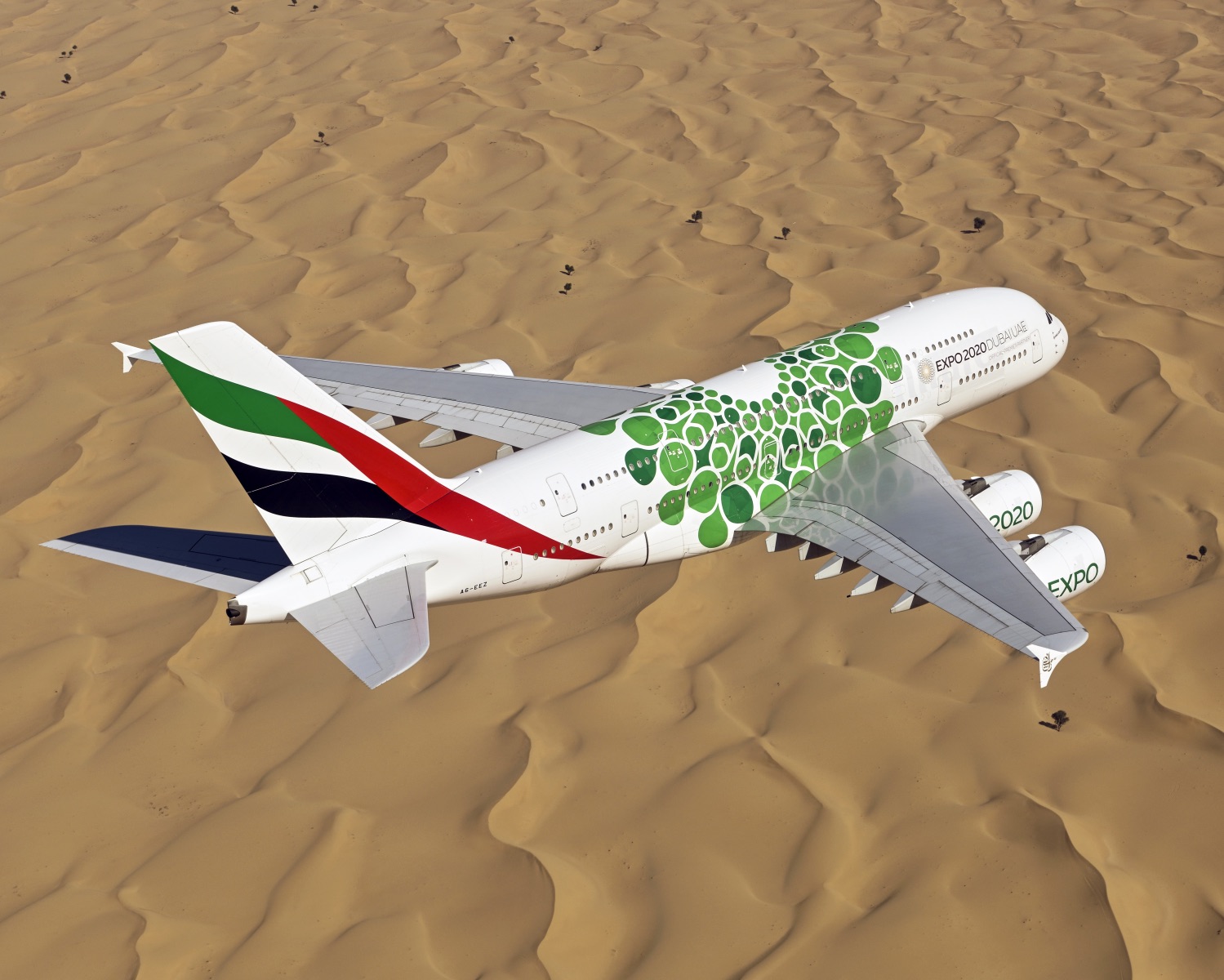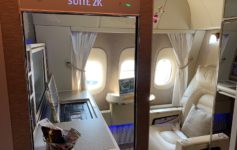
Emirates CEO Sir Tim Clark is celebrating the demise of the A380…at other carriers. Meanwhile, Emirates plans to continue to restore A380 service as it sees a unique window of higher fares driven by the reluctance of other carriers to operate the superjumbo jet.
Emirates CEO: Other Airlines “Nuts” Not To Restore A380 Service (But He’s Happy About It And The Future Of The Superjumbo Jet)
Speaking to Andreas Spaeth, Clark called other airlines “nuts” not to bring back the A380, but admitted that the untimely demise of the A380 on other carriers is “music to my ear.”
“Those aircraft will come back as simply demand is so strong now, and certainly for the next 18 months or two years the A380s will come into their own where they can be flown. More carriers will reactivate their A380s, they’d be nuts not to because they got to deal with this demand. They’ve got the yields as the fares are so much higher than they were, the passenger mix has changed as there is lots more of high-end business traveling, contrary to what everybody said, and people are prepared to travel.”
Clark’s positive prognosis on the future of business travel may be a bit rosy, but he rightly notes just how much pent-up demand currently exists:
“Alan Joyce of Qantas told me that of all Australians surveyed, 60 percent of them said they would leave Australia the moment they could go, which makes about 14 million people. And that doesn’t count all the people that would want to come into Australia and New Zealand.”
And even with continued flight and border restrictions, Emirates is experiencing “exceptional” demand in its premium cabins:
“We are experiencing exceptional demand for our premium cabins. Where we have gone back into markets on a meaningful basis, unlike India or China still imposing harsh restrictions on flights that we can offer, the premium cabins and even the fares people are willing to pay in Economy are really strong.
“Like 30-40% higher in terms of what it means to us per seat kilometer. It might be short-lived but depends on how much capacity is returned to the market. So when people say they ground all their A380s that’s music to my ears. We are restoring the full network, the problem is to get all our crews back. It will probably take us till June or July of 2022 to get everything back to where it was and beyond, and the whole fleet as it stands then will be operating flat out.”
Emirates is world’s largest A380 operator, with 119 in its fleet (and two more still to come). The carrier uses its mega hub in Dubai to funnel traffic around the world and has built a reputation as a solid, quality airline.
A local favorite for travel in the Indian subcontinent, Emirates has enjoyed a period of growth as other carriers remain hesitant to flood markets with demand.
While that will not last indefinitely, Clark’s love for the A380 is not just a byproduct of being stuck with over 100 of them, but Emirates has been able to make this aircraft work in a way that no other carrier has.
CONCLUSION
As Emirates prepares for its final A380 delivery from Airbus, Clark is celebrating the superjumbo. The carrier has found a fit for that aircraft unlike any other. But even Emirates faces an uphill battle: the majority of the superjumbo fleet is still grounded and the road to recovery still uncertain. In any case, you can expect the A380 to continue to fly for Emirates for at least 12-15 more years.




I forget the percentage of passengers Emirates flies that are connecting to and from India, but it is staggering. If they ever got actual competition on the Indian subcontinent in the form of a well run national flagship carrier, or if foreign carriers started more point to point service (like AA is doing to Bangalore), the A380 he touts with affection will quickly fade.
United had something of a chance when they were flying to Kuwait and Bahrain, to try and maybe set something with fellow Star Alliance partner Air India…but they never did.
He’s never going to have to pay retail for new spare parts for an A380. I’m surprised he isn’t buying them for 5 cents on the dollar and parking them at the new airport they’ll never use.